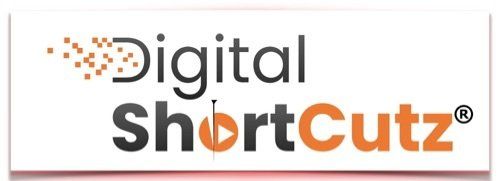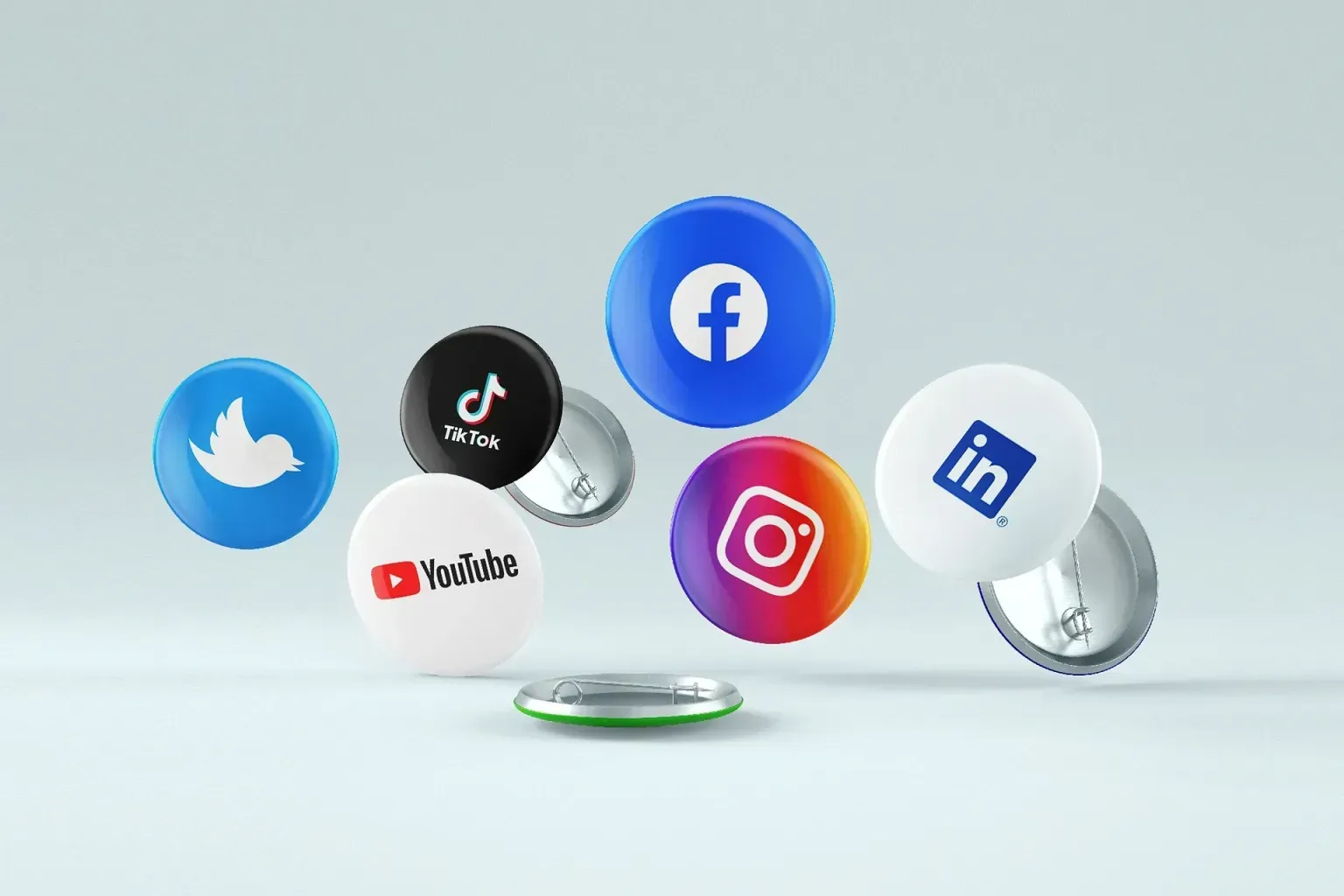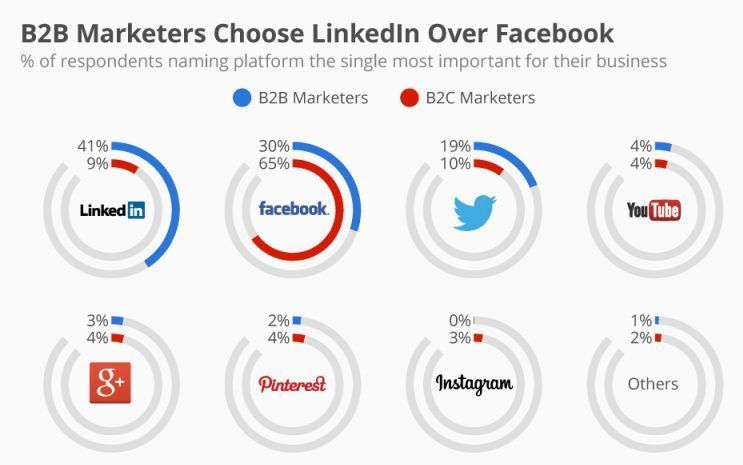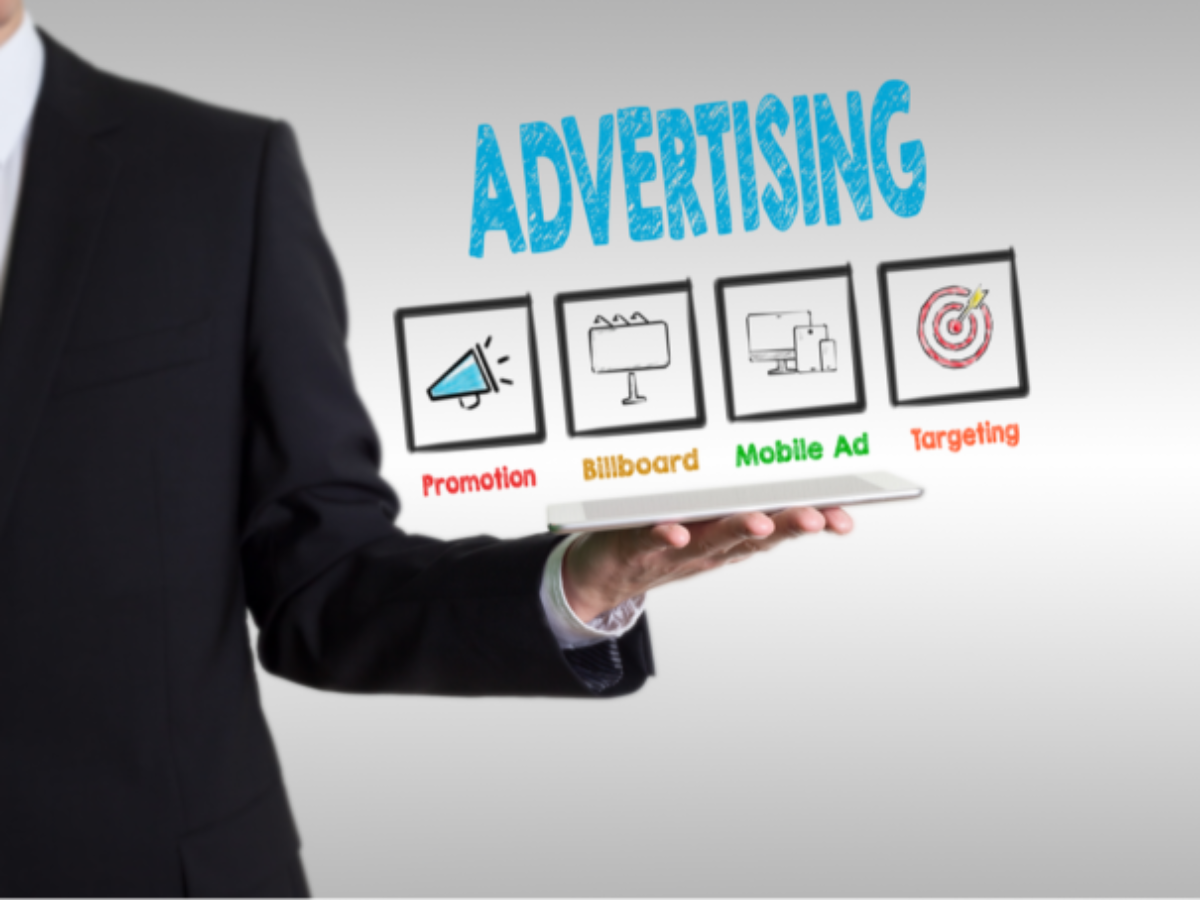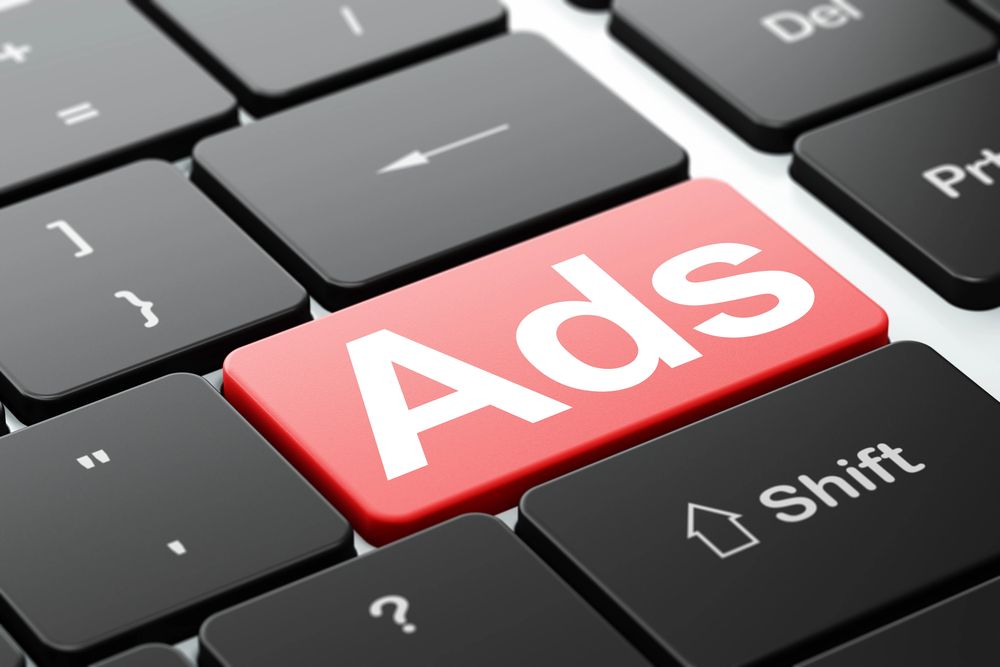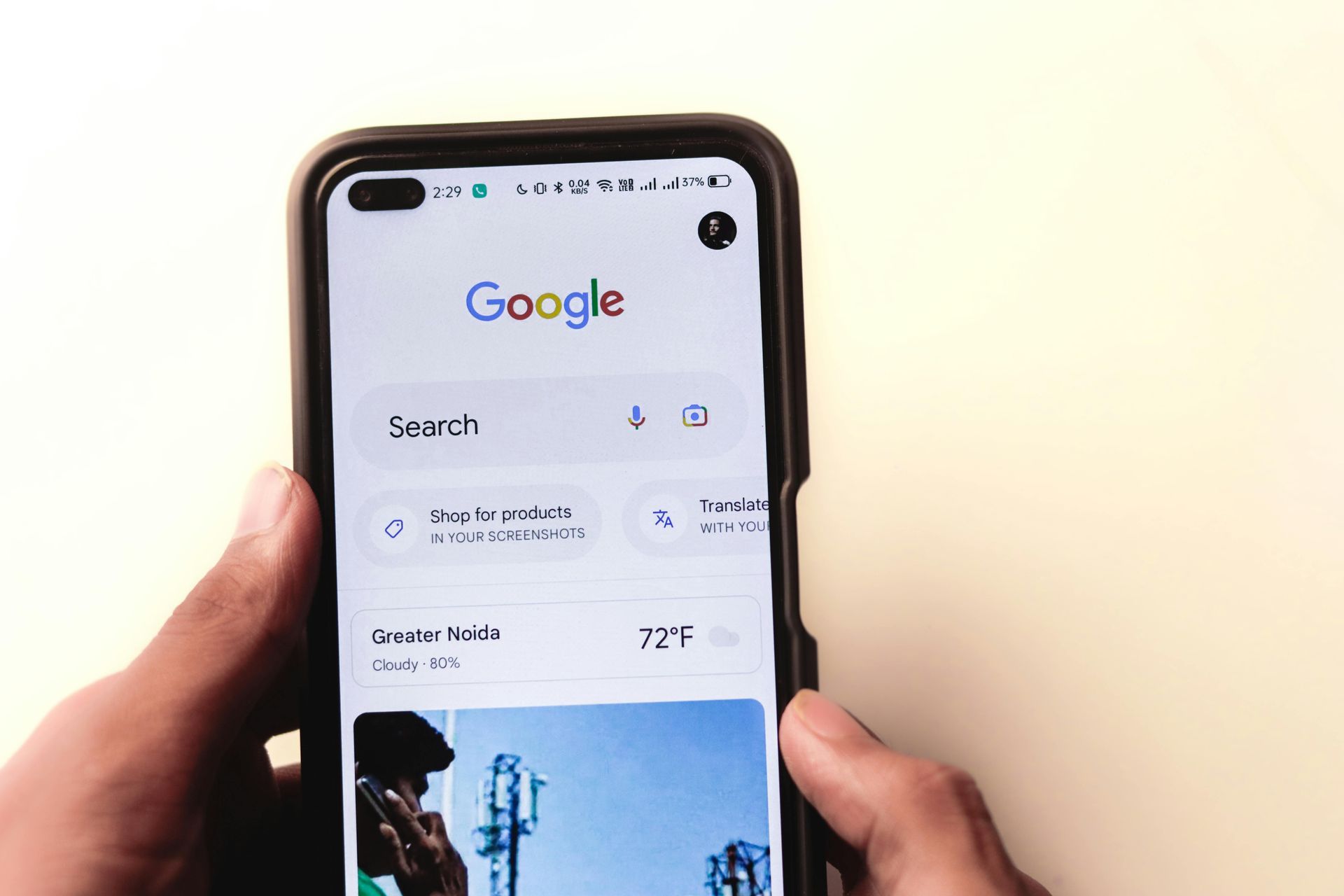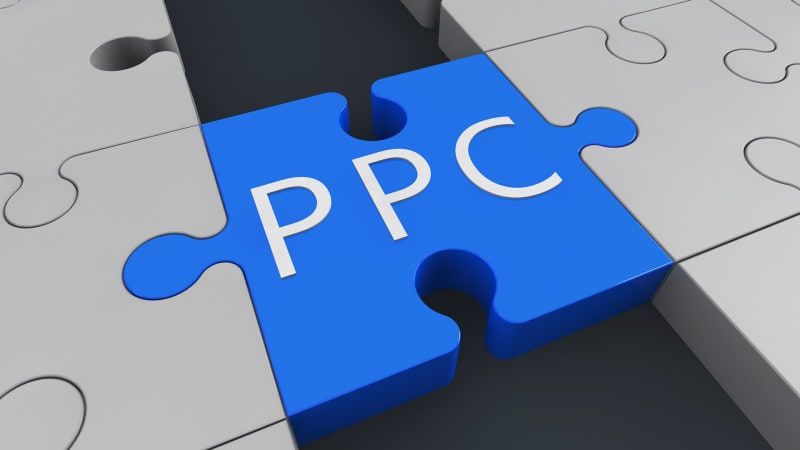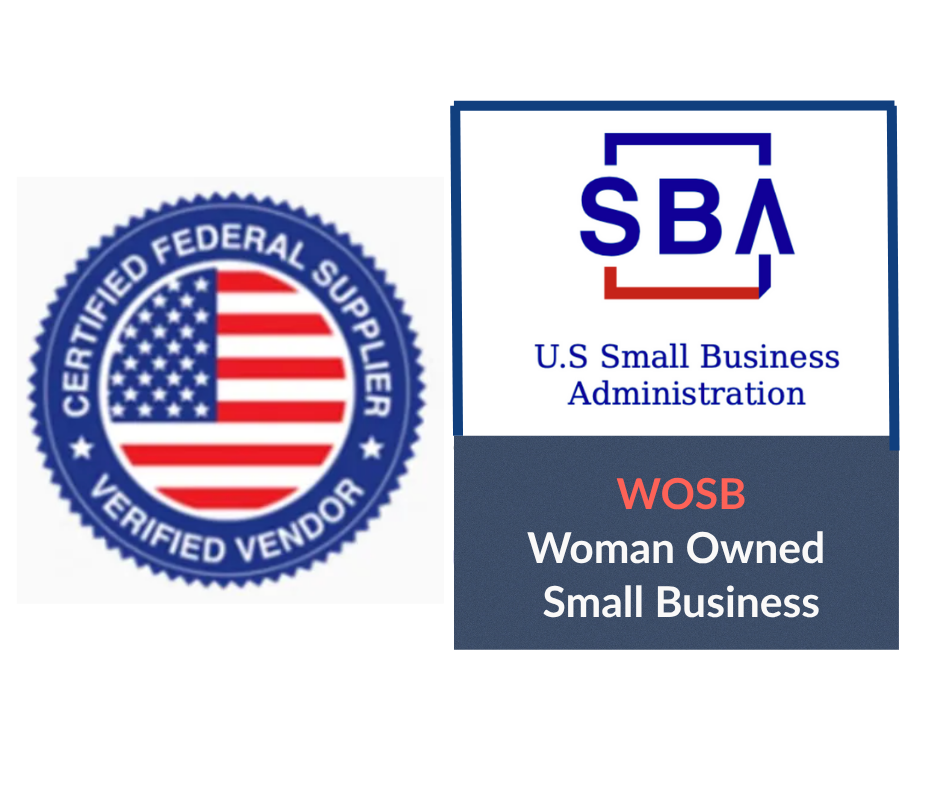TIKTOK vs. Facebook, YouTube, and LinkedIn:
Which is the best platform for business ads?
Social media platforms have become a crucial marketing tool for businesses of all sizes. With so many platforms available, it can be overwhelming to know which one to choose for your business ads. TikTok, Facebook, YouTube, and LinkedIn are some of the most popular social media platforms available today. Each platform has its own unique set of features and benefits that can help businesses reach their target audience effectively. However, choosing the right platform can be challenging, and it is essential to understand the pros and cons of each platform.
In this post, we will explore the differences between TikTok, Facebook, YouTube, and LinkedIn, and help you determine which platform is best for your business ads. Whether you are looking to increase brand awareness or drive sales, you will find valuable insights to help you make an informed decision.
- Intro to TikTok, Facebook, YouTube, and LinkedIn
- The different types of ads available on each platform
- The audience demographics of each platform
- TikTok vs. Facebook, YouTube, and LinkedIn: Which platform is best for reaching a younger audience?
- TikTok vs. Facebook, YouTube, and LinkedIn: Which platform is best for B2B advertising?
- TikTok vs. Facebook, YouTube, and LinkedIn: Which platform is best for e-commerce advertising?
- TikTok vs. Facebook, YouTube, and LinkedIn: Which platform is best for building brand awareness?
- TikTok vs. Facebook, YouTube, and LinkedIn: Which platform is best for targeting specific interests?
- The cost of advertising on each platform
1. Intro to TikTok, Facebook, YouTube, and LinkedIn
2. The different types of ads available on each platform
Each platform offers different types of ads to suit different business needs.
Facebook offers a range of ad formats including image, video, carousel, and slideshow ads. These ads can appear in a user's News Feed or in the right-hand column of the screen. Facebook also offers sponsored stories, which are ads that appear in a user's News Feed and look like regular posts from friends.
YouTube offers TrueView ads, which are skippable video ads that appear before or during a video. YouTube also offers bumper ads, which are short six-second ads that play before a video and cannot be skipped.
LinkedIn offers sponsored content ads, which appear in a user's LinkedIn feed and look like regular posts. They can include text, images, and even video. LinkedIn also offers sponsored InMail, which is a targeted messaging service that allows businesses to send personalized messages to potential customers.
TikTok, on the other hand, offers a range of ad formats including in-feed ads, brand takeovers, branded lenses, and sponsored hashtag challenges. In-feed ads appear as regular videos in a user's feed, while brand takeovers are full-screen ads that appear when a user opens the app. Branded lenses allow users to add filters to their videos, while sponsored hashtag challenges encourage users to create content around a specific hashtag.
It's important to consider the different types of ads available on each platform and which ones would best suit your business goals. Each platform has its own strengths and weaknesses, so it's important to do your research and choose the platform that aligns with your business objectives.
3. The audience demographics of each platform
4. TikTok vs. Facebook, YouTube, and LinkedIn: Which platform is best for reaching a younger audience?
When it comes to reaching a younger audience, TikTok is the clear winner. TikTok is a social media app that has taken the world by storm, especially among the younger generation. The app allows users to create and share short videos, and its user base consists primarily of people between the ages of 16 and 24.
On the other hand, Facebook, LinkedIn, and YouTube have a much broader user base, including people of all ages. While these platforms may still be effective in reaching a younger audience, they may not be the best choice if that is your primary target audience.
Marketing on TikTok can be a great way to connect with a younger generation of consumers and create brand awareness. With the app's algorithm, businesses can quickly gain traction and get their content in front of a large audience in a short amount of time. Plus, TikTok's unique features, such as filters, effects, and challenges, can make ads more engaging and shareable.
However, it's important to note that TikTok is still a relatively new platform, and not all businesses may find success on it. It's important to do your research and determine if TikTok is the right platform for your specific business and target audience.
5. TikTok vs. Facebook, YouTube, and LinkedIn: Which platform is best for B2B advertising?
6. TikTok vs. Facebook, YouTube, and LinkedIn: Which platform is best for e-commerce advertising?
When it comes to e-commerce advertising, the platform you choose to advertise on can make all the difference. TikTok is a relatively new player in the advertising game, but it's quickly gaining popularity for its short-form video ads.
Facebook, on the other hand, has been around for over a decade and is still one of the most popular advertising platforms with its advanced targeting options. YouTube, owned by Google, has the advantage of being the second most popular search engine in the world and also offers video ads. LinkedIn, known for being a professional networking platform, can be a great option for B2B e-commerce businesses.
TikTok might be the best option for e-commerce businesses that want to target younger audiences, as the app has a large user base of Gen Z and millennials. Facebook, on the other hand, has a wider range of age groups and advanced targeting options that can help you reach your target audience precisely. YouTube can be great for businesses that want to use video content to showcase their products or services, while LinkedIn can be a good choice for businesses targeting professionals or other businesses.
Ultimately, the best platform for your e-commerce advertising will depend on your target audience and advertising goals. It's essential to research and analyze the demographics and behavior of each platform's user base before making a decision. Additionally, testing different platforms with small ad spends can help you determine which platform provides the best ROI for your business.
7. TikTok vs. Facebook, YouTube, and LinkedIn: Which platform is best for building brand awareness?
8. TikTok vs. Facebook, YouTube, and LinkedIn: Which platform is best for targeting specific interests?
When it comes to targeting specific interests, TikTok is quickly becoming the go-to platform for businesses. TikTok's algorithm is very sophisticated and it uses artificial intelligence to understand what a user likes and dislikes, and then shows them content that is most relevant to their interests.
This means that businesses can target their ads to users who are already interested in their products or services. For example, if your business sells vegan protein powder, you can target your ads to users who have shown an interest in veganism, fitness, and health.
Facebook, YouTube, and LinkedIn also provide targeting options, but they are not as advanced as TikTok. Facebook allows you to target users based on their age, gender, location, interests, and behaviors. LinkedIn allows you to target users based on their job title, company, industry, and location. YouTube allows you to target users based on their interests, demographics, and keywords.
While these platforms are great for targeting specific groups of users, TikTok's algorithm takes it to the next level by understanding a user's interests without them having to explicitly state them. This makes it easier for businesses to reach the right people with their ads and increase the chances of converting them into customers.
In conclusion, if targeting specific interests is a priority for your business, TikTok should definitely be considered as a platform for your ads. However, Facebook, YouTube, and LinkedIn are still valuable platforms for targeting specific groups of users based on their demographics and behavior.
9. The cost of advertising on each platform
Summary
Determining the best platform for your business ultimately depends on your target audience and advertising goals. Each platform has its own unique features and strengths that can be utilized to reach different demographics and achieve different objectives.
For businesses targeting a younger demographic or seeking to promote creative and visually-driven content, TikTok may be the best option. With its focus on short-form video content and growing user base, TikTok offers a unique opportunity for businesses to reach a highly engaged audience.
For businesses seeking to reach a wider audience and establish a more established online presence, platforms like Facebook and YouTube may be more suitable. Facebook remains the largest social network with a broad range of advertising options and targeting capabilities. YouTube is the go-to platform for video content and has a large audience base that can be reached through targeted ads.
For businesses in B2B industries looking to connect with professionals and build industry credibility, LinkedIn may be the best platform. With its focus on professional networking and thought leadership content, LinkedIn offers a unique opportunity to reach decision-makers and establish a strong brand reputation.
Ultimately, the best platform for your business will depend on your specific goals, target audience, and budget. By understanding the unique features and strengths of each platform, businesses can make informed decisions about where to invest their advertising resources to achieve the best results.
We hope you found our blog post about TikTok vs. Facebook, YouTube, and LinkedIn helpful in deciding which platform is the best for your business ads. Each platform has its own unique strengths and weaknesses, so it's important to consider your target audience, budget, and overall goals when choosing where to advertise.
Whether you decide to go with TikTok, Facebook, YouTube, or LinkedIn, remember to track your results and adjust your strategy accordingly. Get in touch if you want a Done For You Ads campaign
>>>
Click Here
